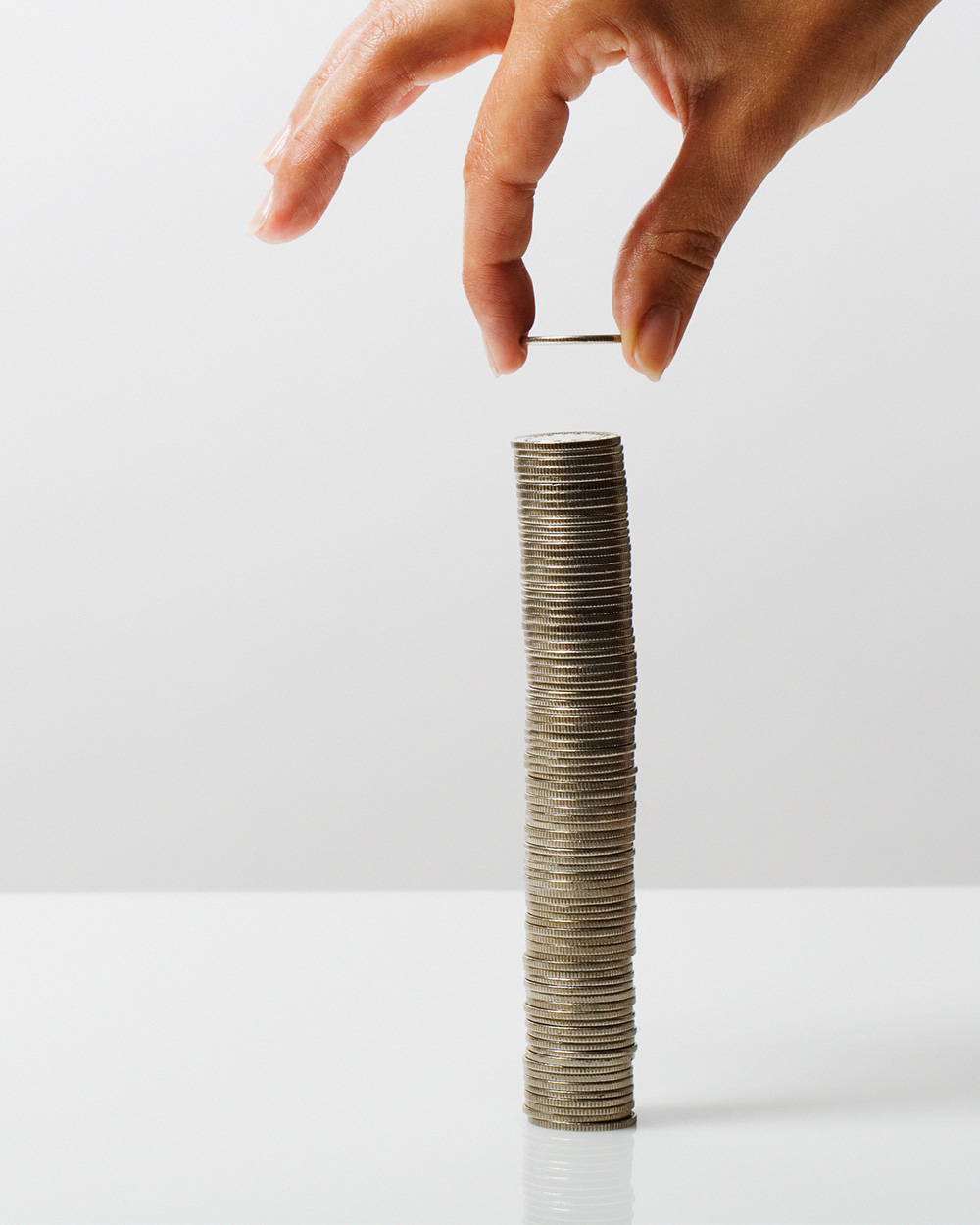Yeah, you know you should have an emergency fund – but, shoes! Kiwi money expert Mary Holm gives some guilt-free advice for building, and spending, your rainy day dollars:
Why do you need rainy day money?
A rainy-day fund and insurance complement one another in a way. The amount you need in your rainy-day fund depends to some extent on how much insurance you have – and vice versa. You’re covered one way or the other. Some people even call their rainy-day fund ‘self-insurance’. Emergency money should be kept slightly out of reach, so you don’t dip into it when you feel you’ve been too stressed lately and need a weekend away. Do that a few times, and the fund won’t be there when you need it.
If you have a credit card, one idea is to put your rainy-day money in a one-month term deposit and keep renewing it. Then use the credit card for the emergency spending. By the time you have to pay the credit card bill, the term deposit will have matured. Or, you could keep the money in one of those bank savings accounts where you lose the higher interest rate if you withdraw money. Most of the time, you won’t be withdrawing. Another option applies if you have an offset, re-drawable or revolving credit mortgage. With one of these mortgages, you could use your rainy-day money to reduce mortgage interest.
True tale: Charity or emergency?
An academic I knew years ago had a great idea for a rainy-day fund. At the start of each year, he put, say, $1000 into a bank account and told himself he’d given it to charity. Then if he had unexpected or bad-luck expenses at any time during the year, he took the money out of the account. At the end of the year, he gave the remainder to charity. The charity did well some years, not so well other years, but it averaged out over time – when bad stuff happened to my friend, he didn’t have to pay for it, the charity did!
How much do you REALLY need?
If you have too little money in your rainy-day fund, you can’t cover expenses when you need to. But if you have too much, you’re tying up money in a fairly low-interest investment when it could be doing much better elsewhere. Experts recommend an amount that would cover around three to six months of household expenses. But it depends very much on your circumstances. For instance, some people have access to other sources of emergency money, such as:
— If you’re paying extra off your mortgage, it’s a really good idea to ask the lender if you could borrow that extra back again if you need to. It means you’ve got a loan at whatever the mortgage interest rate is, which will be well below credit card interest rates. Get the lender’s agreement in writing that you can borrow back.
— Even if you haven’t been making extra mortgage payments, you may be able to add to your mortgage – especially if you’ve already paid it down a fair bit. It’s worth a try.
— If you’re in serious financial trouble, you may be able to withdraw some of your KiwiSaver money. It’s not easy. You have to give details of your circumstances, and I’m told that quite a few people are refused. But it’s a possibility for the big bad stuff.
— If you suffer serious illness – the language is “permanent and total disability or near death” – you can take out all of your KiwiSaver money. But you do have to provide medical evidence. None of these is an ideal solution, though. You still need a rainy-day fund as well.
How do you set up a rainy-day fund?
Start small, setting up an automatic transfer into a savings account of, say, $20 or $50 a week, on the day after payday or benefit day. Increase that amount – even by as little as $5 a week – every month. Write it in your diary or on the calendar on the fridge door to remind you.
When the total has grown to several hundred dollars, transfer the money to a long-term savings account or bank term deposit, but don’t just settle for whatever your bank offers – after all, this money will be sitting around for years. Check out interest.co.nz for the rates offered by different banks. That’s not being disloyal to your bank. Too often I’ve seen loyal customers getting worse deals from their bank than new customers. Banks tend to take their long-termers for granted– so why should you look after them?
When (not if, but when) do you use your rainy-day money?
It would be a rare person indeed who gets through life never drawing on their rainy-day money. When you do, though, make it a top priority to replenish the fund. That might be hard if you’ve been kicked in the financial guts. But please start, even if it’s just $5 a week going into a separate account. The bad times will pass. They almost always do. Your financial wellbeing depends on looking beyond the short term.
This article is an extract from Rich Enough? A Laid-Back Guide For Every Kiwi by Mary Holm (HarperCollins, $36.99) and was originally published in Fashion Quarterly, Issue 1 2019.











